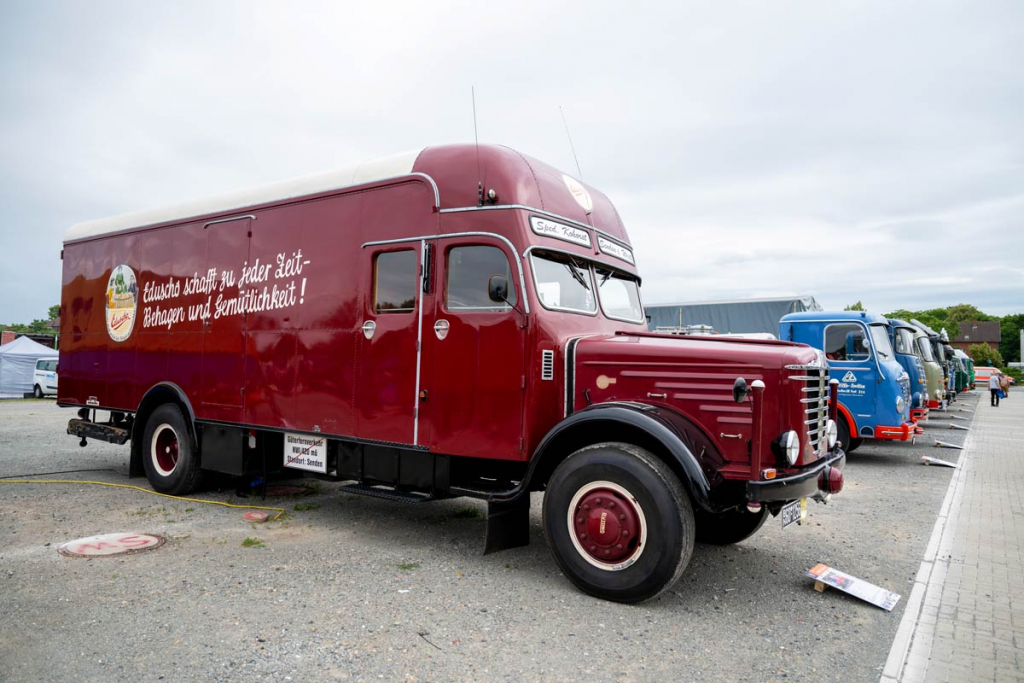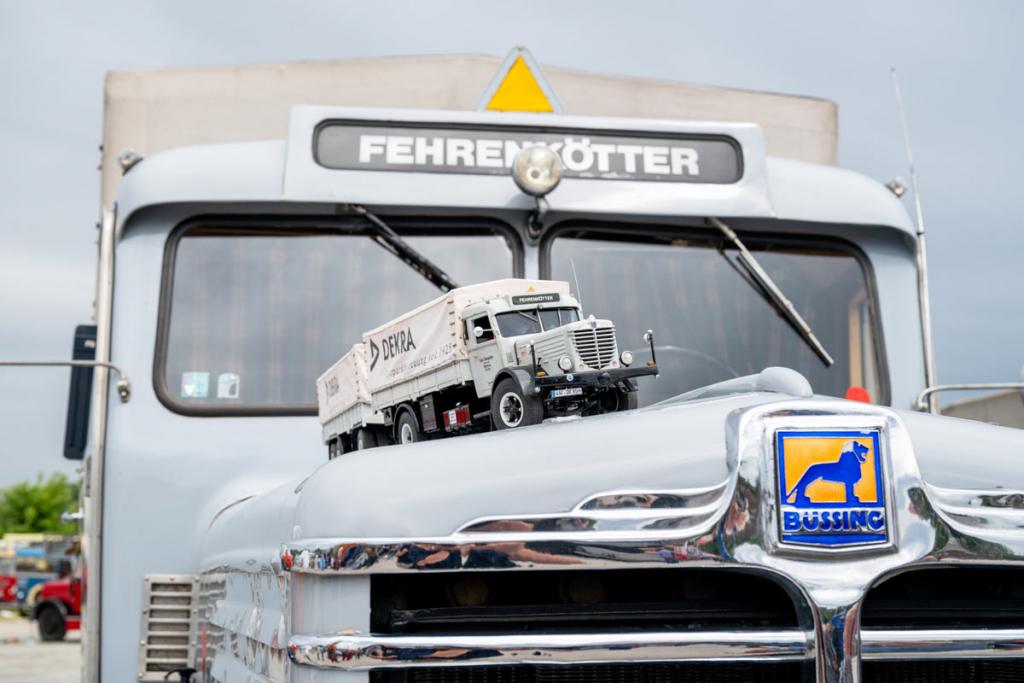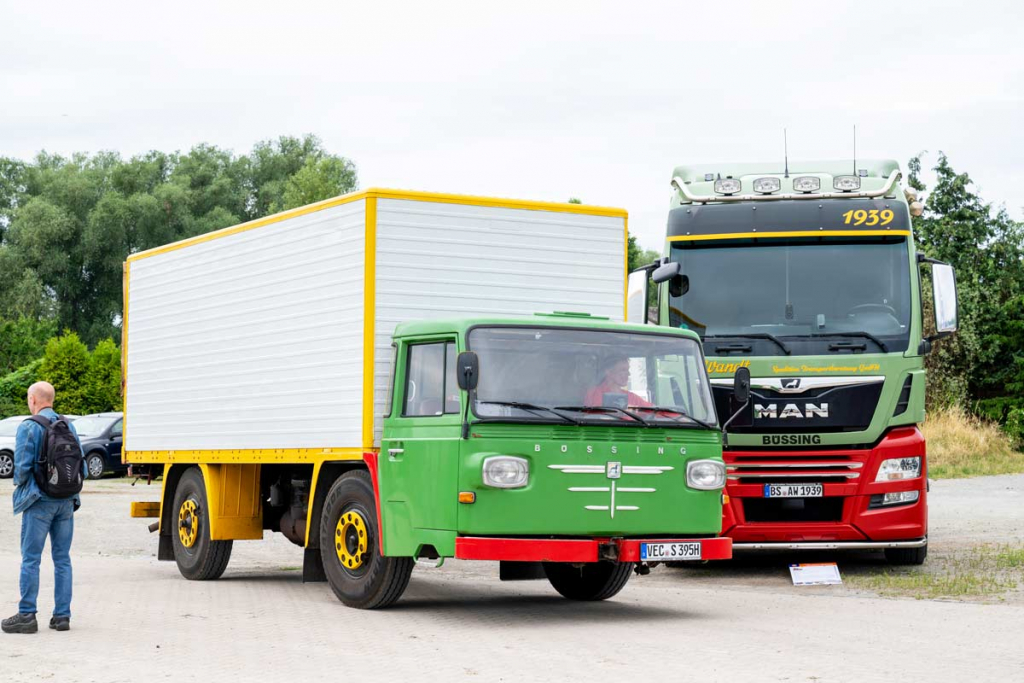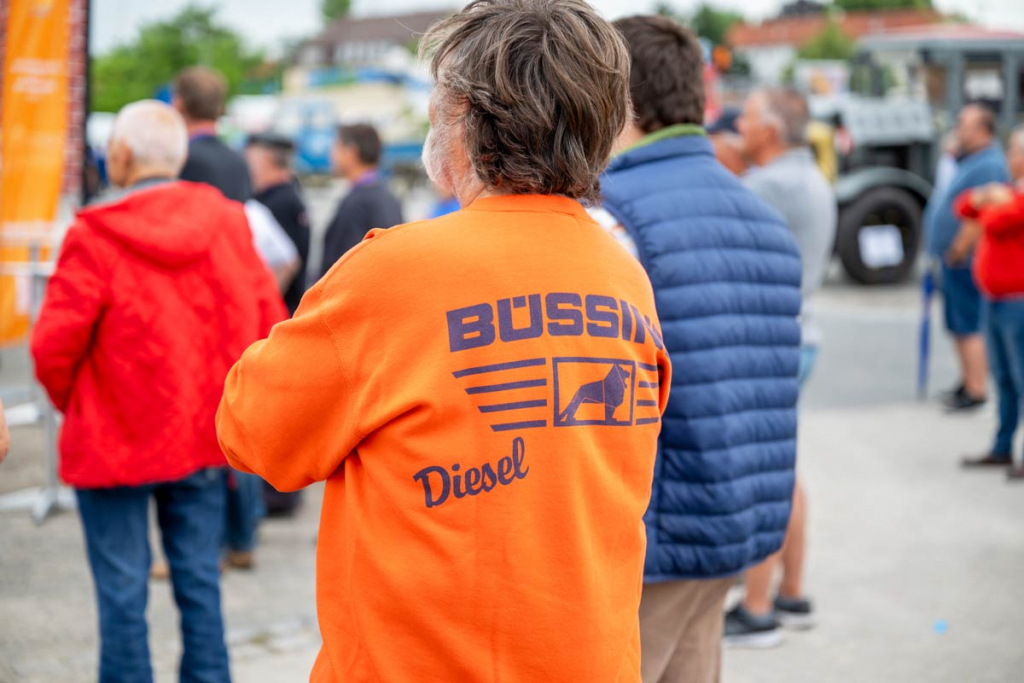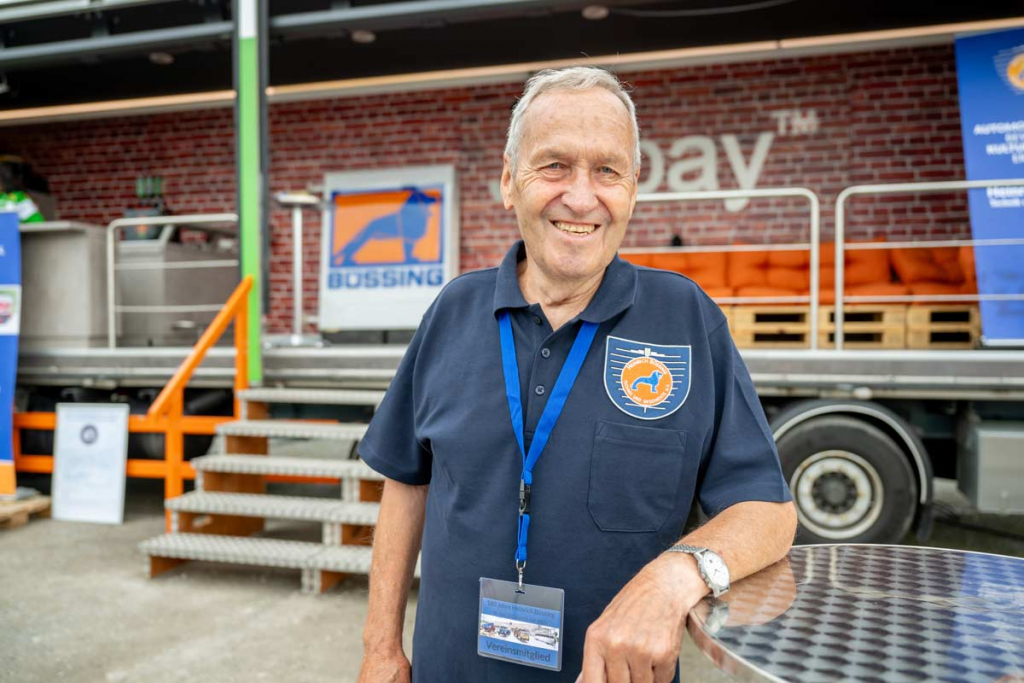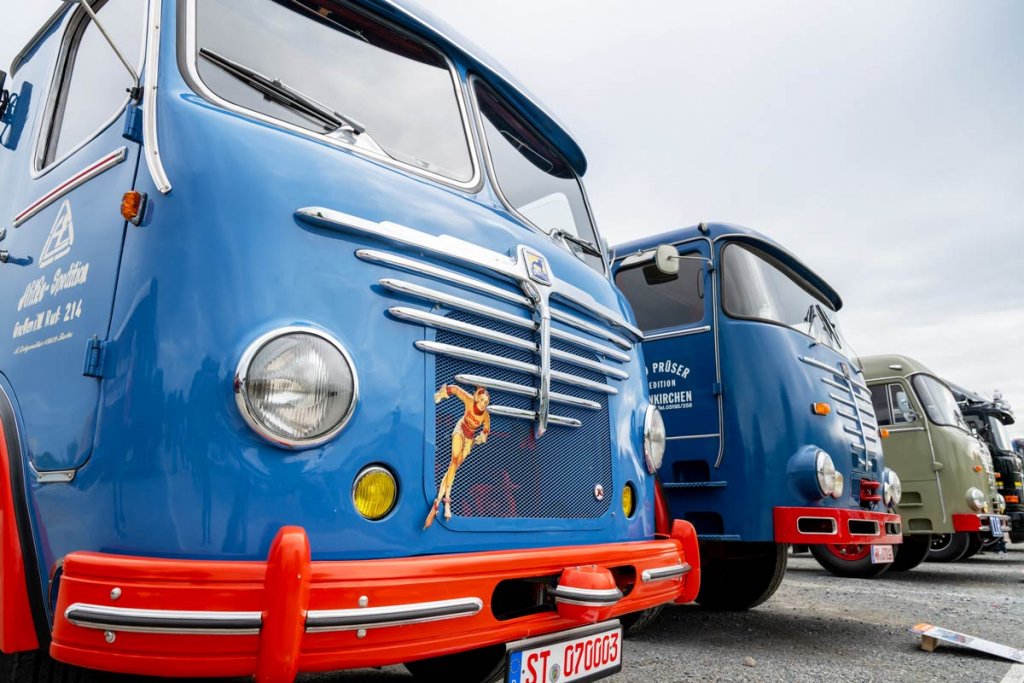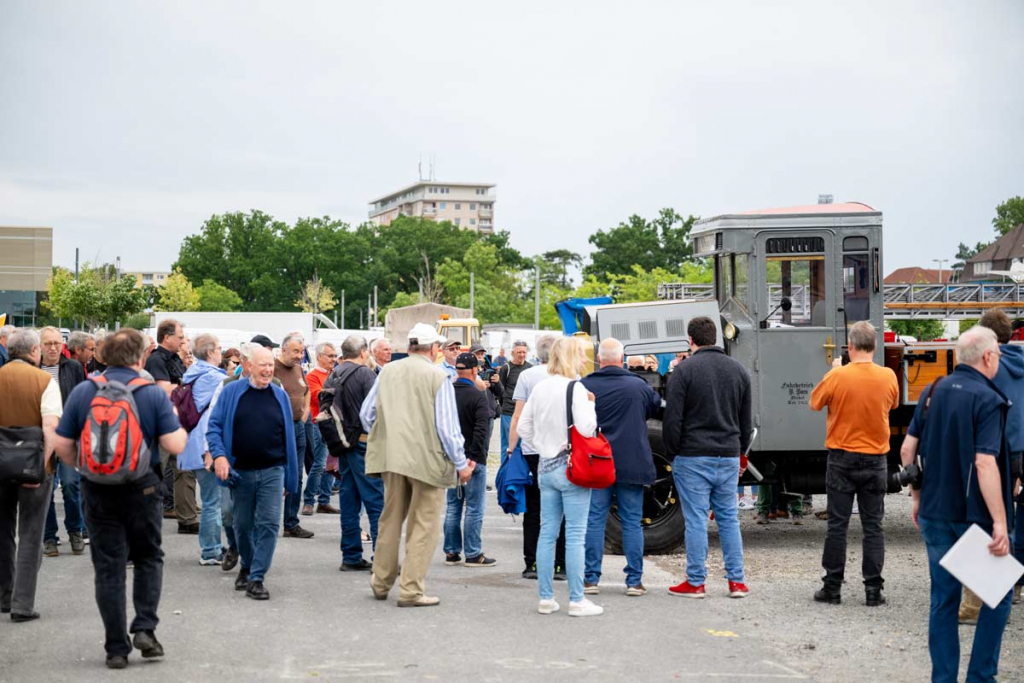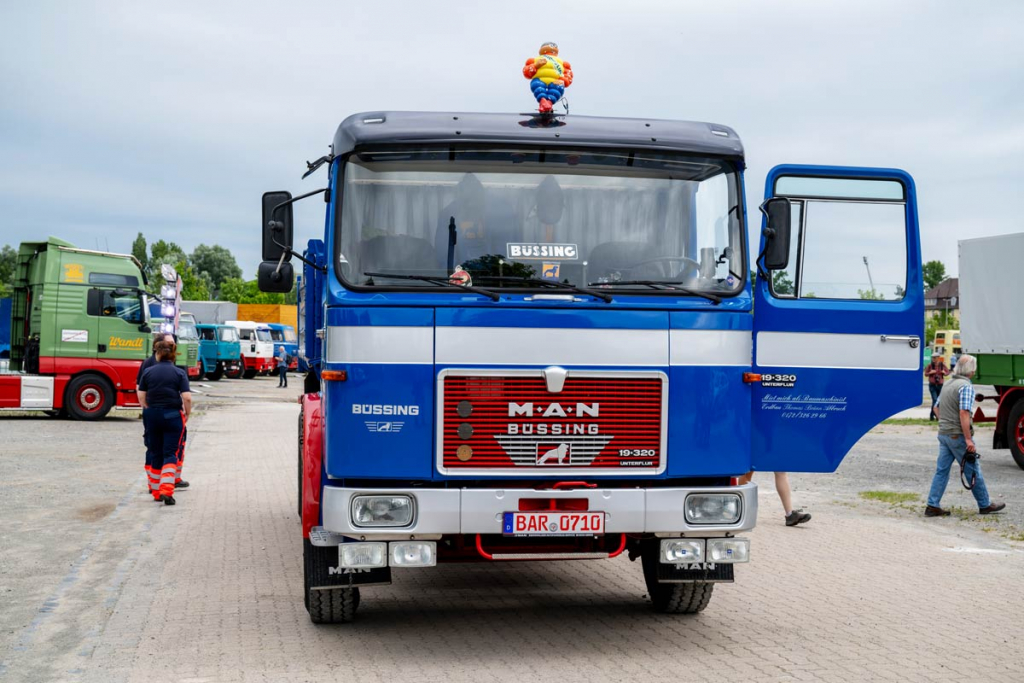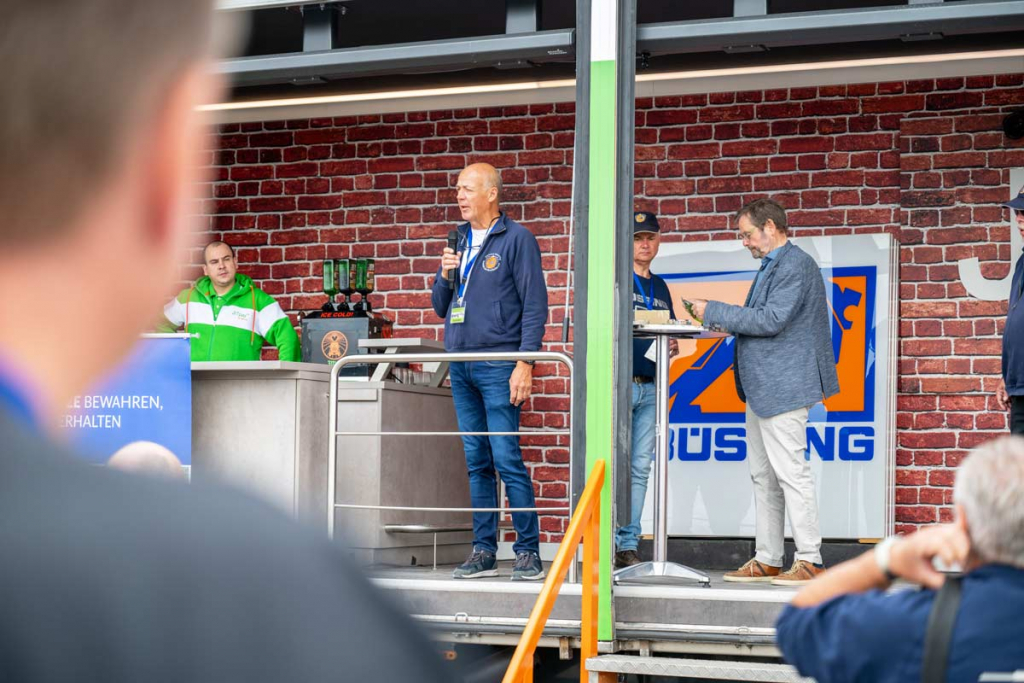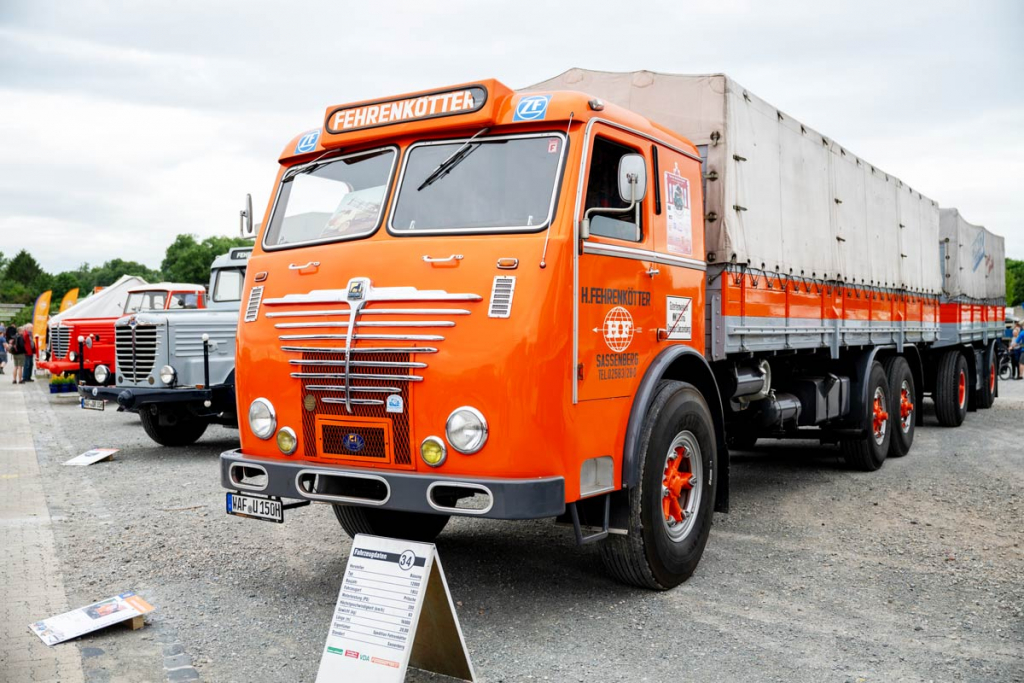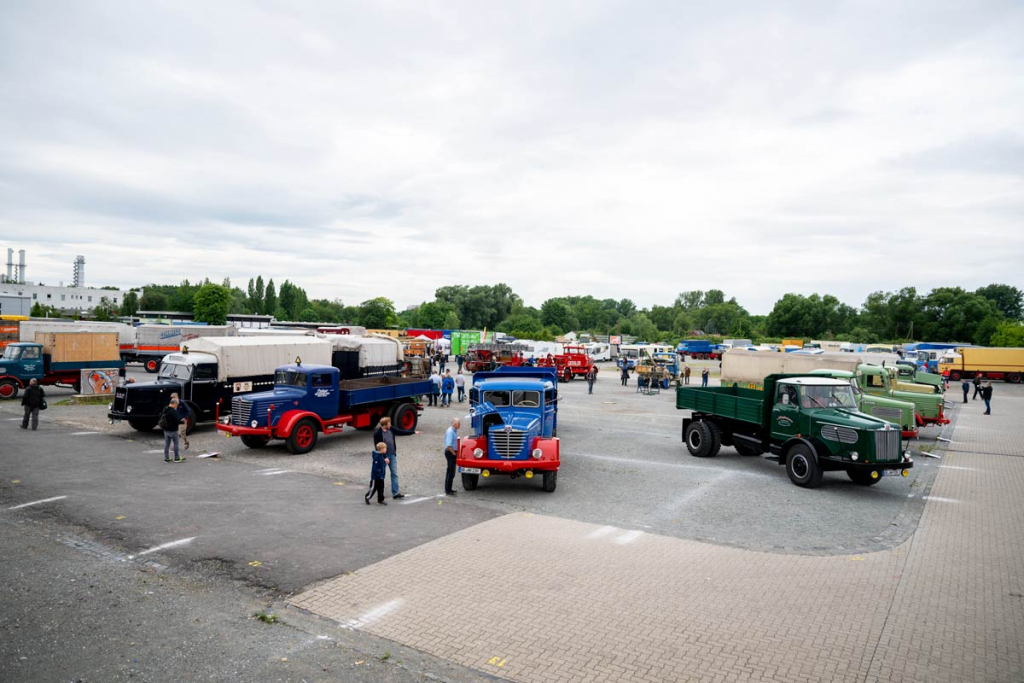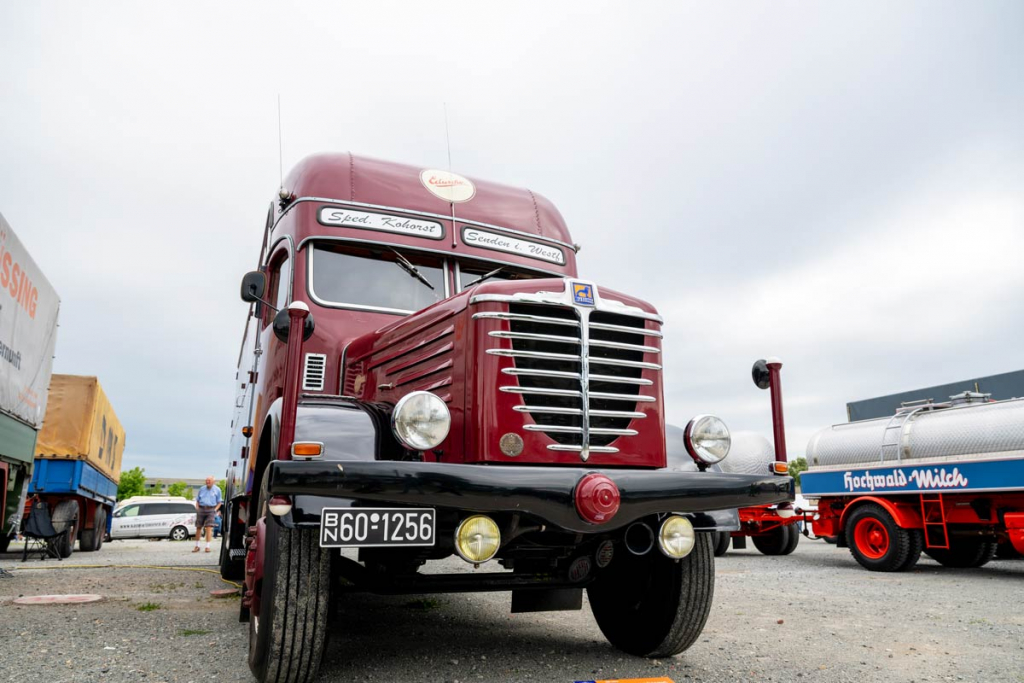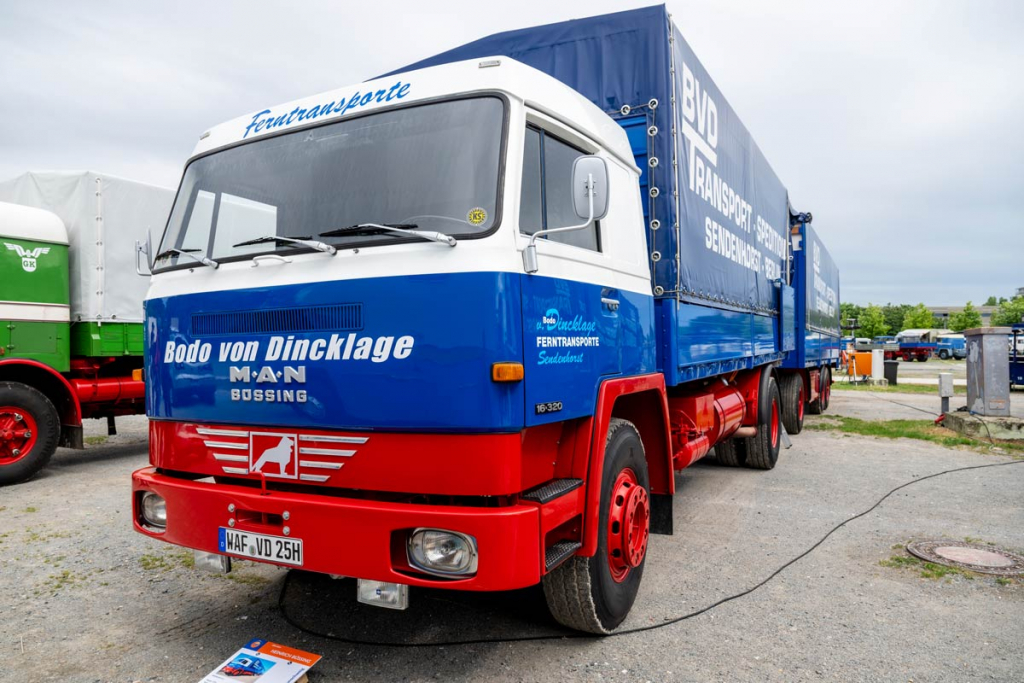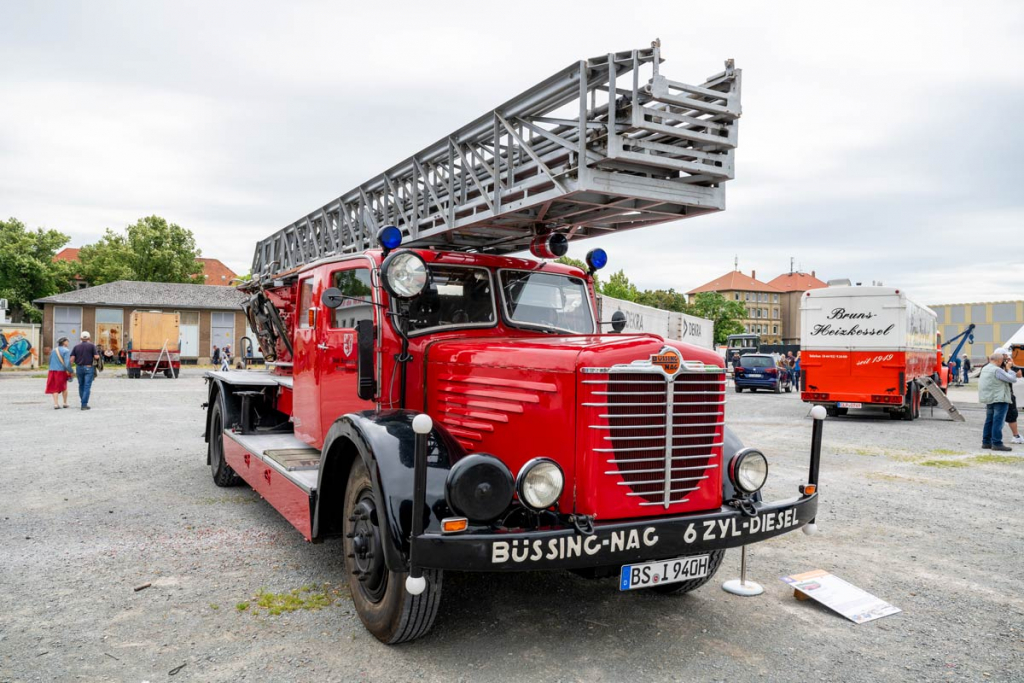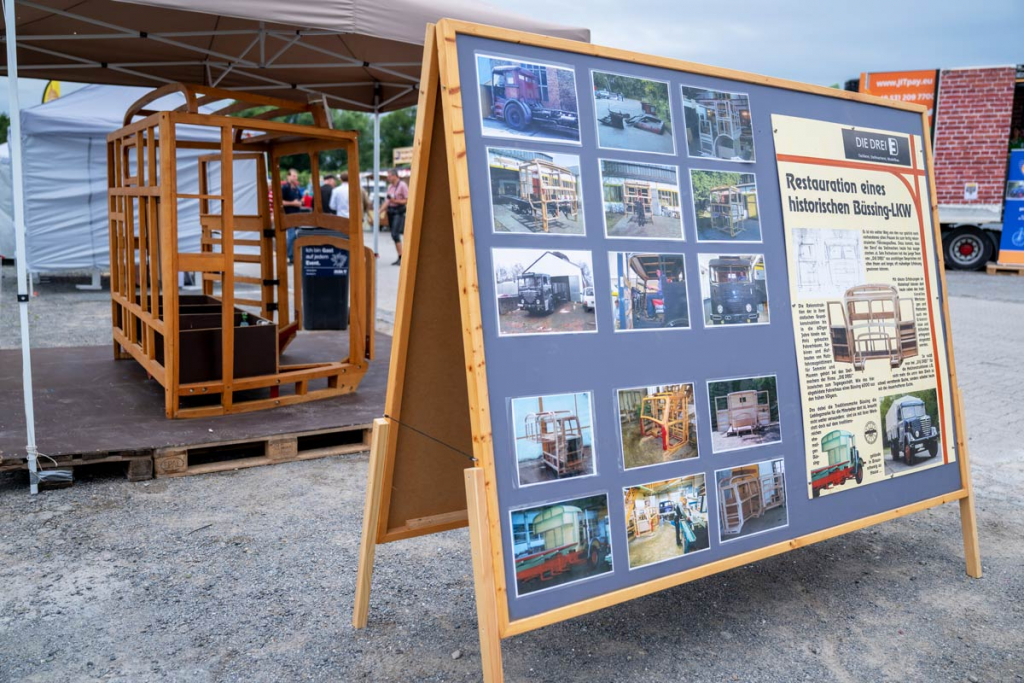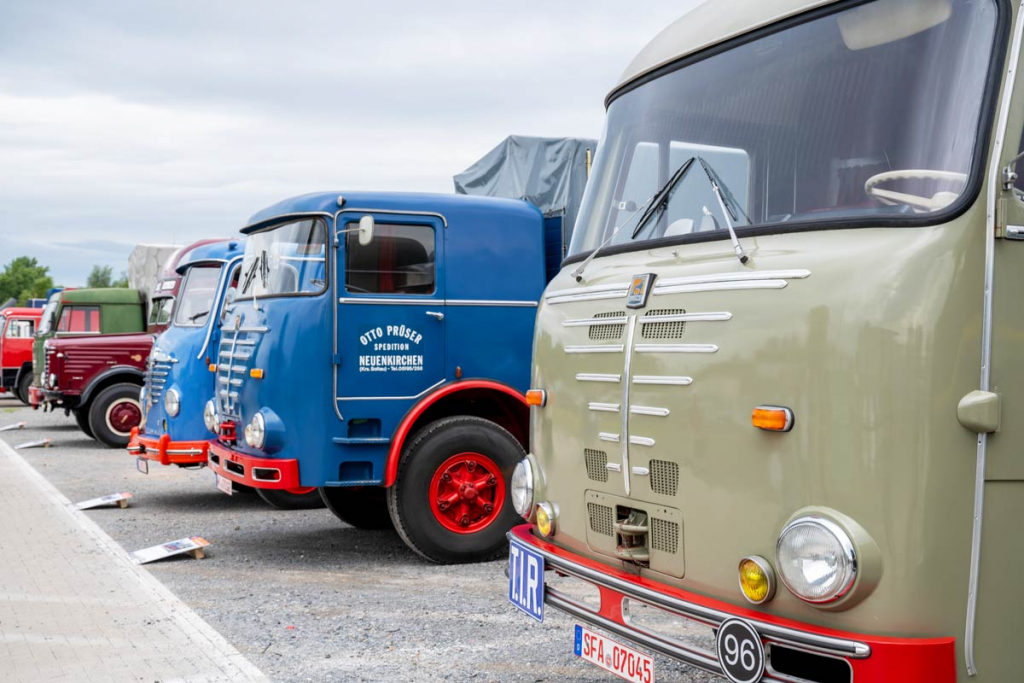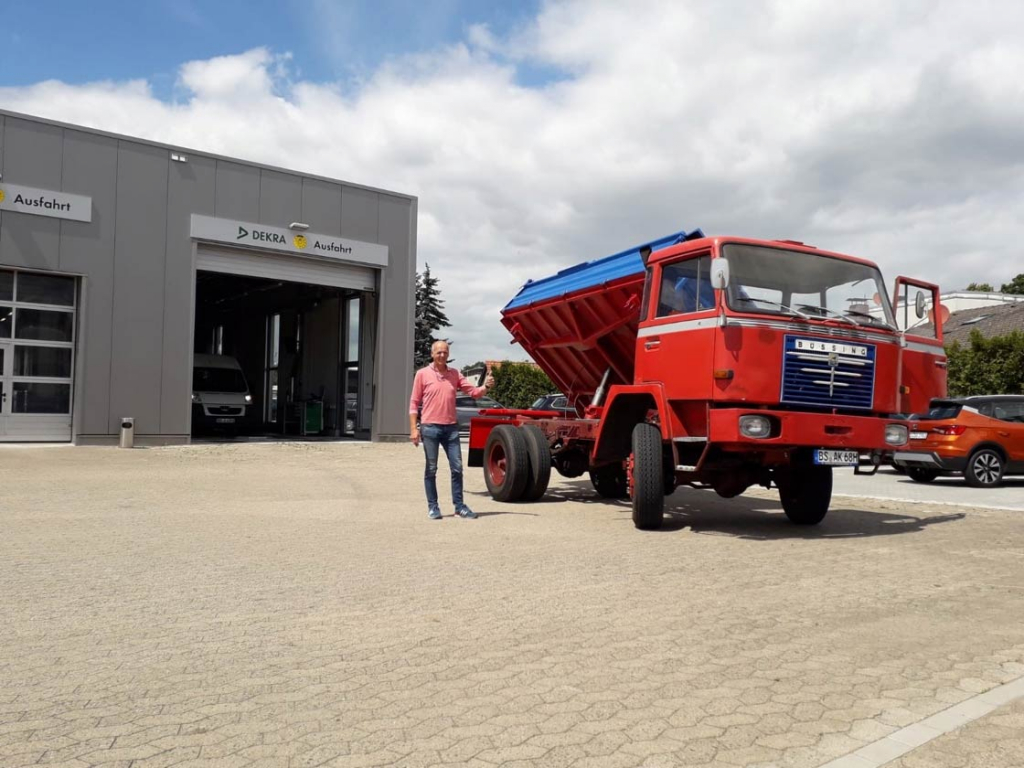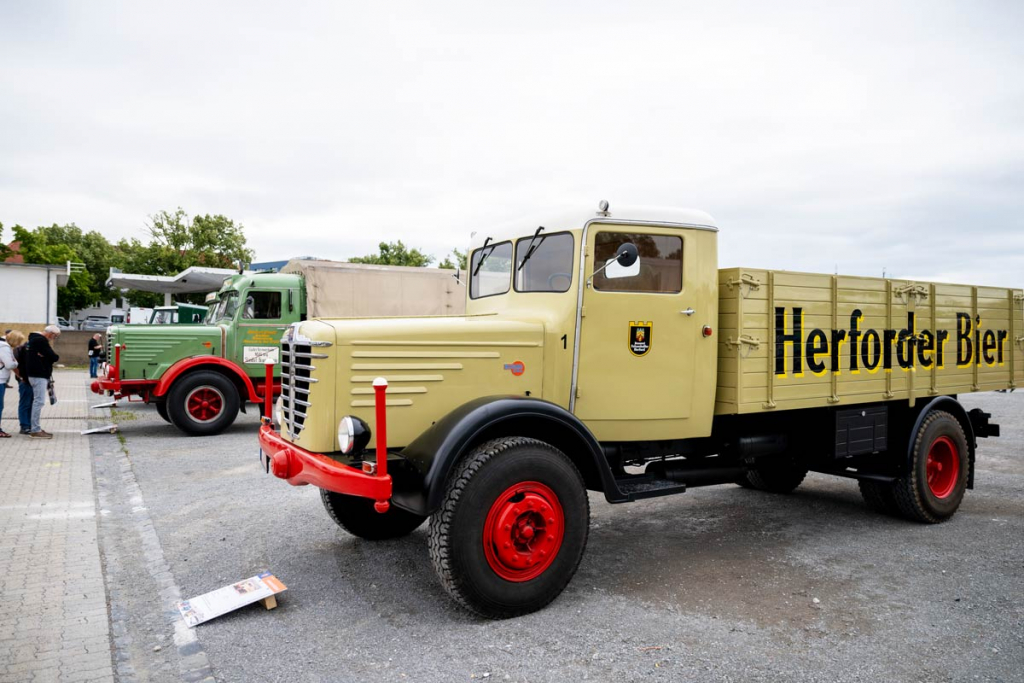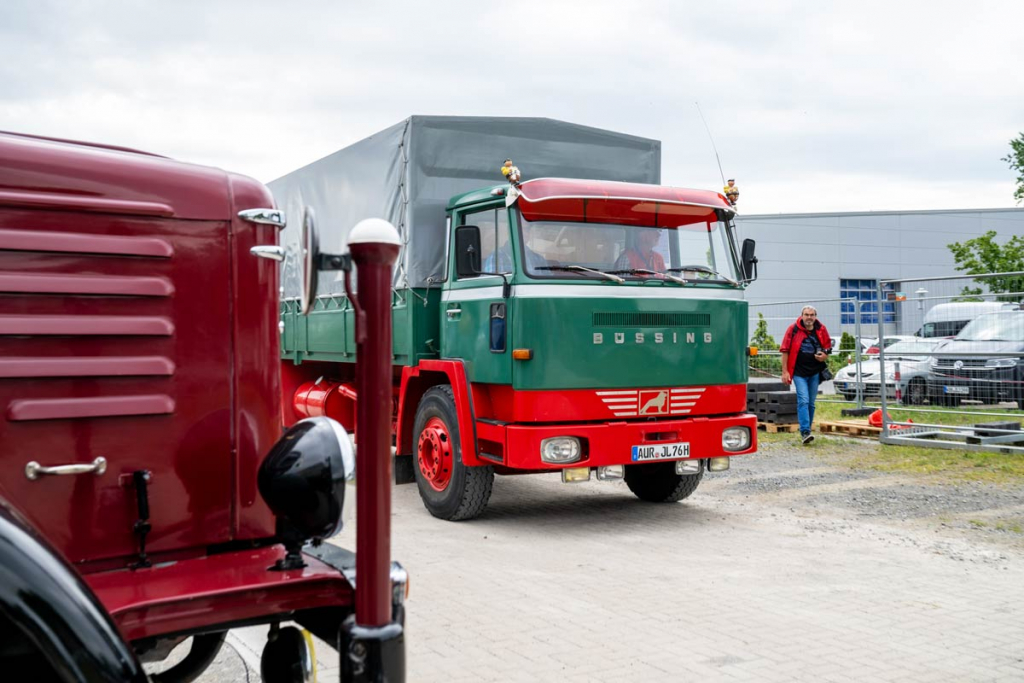
06.07.From Büssing to e-mobility
180 years of Heinrich Büssing – on the occasion of his birthday and in honour of the trailblazing inventor, the Heinrich Büssing – Technik und Geschichte e.V. association held an event in Braunschweig on 1 and 2 July 2023 that not only focused on classic vehicles and contemporary witnesses, but also on the epochal transformation from combustion engines to electric mobility.
Heinrich Büssing was presumably not aware of the success story he started when he began building buses and trucks in 1903, now 120 years ago.
What the great inventor started back then in Braunschweig and his 180th birthday were now celebrated jointly with a large programme on the Schützenplatz in this very city over the course of two days. Under the title “180 years of Heinrich Büssing”, the “Heinrich Büssing – Technik und Geschichte e.V.” association organised an extremely varied programme. In addition to the exhibition of historic BÜSSING vehicles, the largest mobile miniature truck exhibition, and the opportunity to visit the Heinrich Büssing house in Nordsteimke, this also included a contemporary witness stand where drivers, transport companies and truck mechanics reported on their Büssing experiences.

An association in honour of Büssing
The Heinrich Büssing e.V. members are deeply passionate about the truck that is so important for MAN’s history. Since 2015, they have been putting their heart and soul into their club dedicated to the historic truck. But even before the club was founded, there was already a “lively BÜSSING classic vehicle society” and several meetings on the topic in the region, explains Olaf Kolla, who is Chairman of the association. “Growing up in Braunschweig, people like to remember the many finished trucks and buses that were delivered to many parts of the world. These vehicles with long bonnets or underfloor engines could be seen in many places in the city. Even today, they still spark a special fascination among young and old, which never really lets you go. If you also had the opportunity to ride in one of these vehicles as a child, then you really caught the bug,” says Olaf Kolla, when describing what the BÜSSING fascination is all about. In his case, this passion is so strong that he owns one of the special vehicles right up to the present day and often likes to show off the classic vehicle.
Lutz Hiege, a retired professional driver from Berlin, is also a member of the BÜSSING association and in a certain way experienced the very beginnings. “I absolutely had to become a long-distance driver,” he says when looking back at his career as a truck driver. Even as a child, he had nothing in his head apart from trucks. And his first driving experiences were based on a very unconventional, but all the more creative idea: Lutz Hiege used the BÜSSING double-decker buses, which were used in his hometown during his childhood, to teach himself the theory of clutch operation and gear changing. For this purpose, he observed the driver and simulated all movements synchronously. After he had internalised the movements, he sat down in the double-decker on the floor above the driver and imagined steering the bus himself.
He then began his real professional life with an apprenticeship as a toolmaker at Zeiss Ikon. In his spare time, he regularly rode on his Zündapp Combinette to Checkpoint Bravo in Dreilinden: “There my eyes eagerly followed the trucks that drove from Berlin into the distance,” he recalls. When he eventually took up a job as a sales driver for Coca-Cola, he finally got behind the wheel himself. “During this time, I got my class 2 driver’s licence and finally started driving silo transports at ELM-Spedition GmbH in 1963.” He initially had to drive all the vehicles specified by the company, but his greatest wish was to drive a BÜSSING. This finally came true at Christmas in 1963 when he and his colleague were assigned a brand new BÜSSING Commodore LU 11 with underfloor engine and 192 hp. Lutz Hiege felt that one of the biggest advantages on the BÜSSING compared to other trucks was the central lubrication at the push of a button, which replaced manual lubrication. He is also happy about the conditions he encountered at the time as a driver: “The motorways were relatively empty, and we found parking spaces where we wanted. Today I wouldn’t want to do the job anymore,” says the 81-year-old.
Change over time was also important for MAN on the 180th birthday of Heinrich Büssing. The Group used the celebrations to present its latest technological achievement, the MAN eTruck, to politicians and the public. With the transformation to climate-neutral drives, road freight transport is facing groundbreaking changes. MAN will start production of its electric long-haul truck from 2024. There are already more than 500 order enquiries. “The technological transformation is in full swing. By 2030, half of our trucks registered in Europe each year will be battery-electric vehicles. For this to succeed, we need political support: with the Europe-wide construction of around 50,000 public truck charging stations and CO2 pricing that makes e-trucks more economical than diesel,” said Alexander Vlaskamp, CEO of MAN Truck & Bus, during a trip in the new MAN eTruck together with Minister President Stephan Weil at the MAN plant in Salzgitter on the 180th birthday of commercial vehicle pioneer Heinrich Büssing. Founded as a Büssing plant and later taken over by MAN together with the tradition-rich brand, the location will also play an important role for electric trucks in the future as part of the plant network of MAN and parent company TRATON, with a focus on component production and spare parts logistics.
You can find the best impressions of the big celebrations around Heinrich Büssing and his great heritage here.
All information on modern MAN technology relating to zero emissions and the MAN eTruck can be found here.


